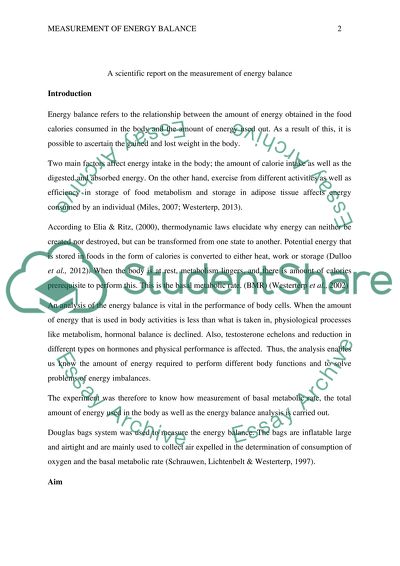Cite this document
(“Measuring energy balance Coursework Example | Topics and Well Written Essays - 1500 words”, n.d.)
Measuring energy balance Coursework Example | Topics and Well Written Essays - 1500 words. Retrieved from https://studentshare.org/health-sciences-medicine/1660281-measuring-energy-balance
Measuring energy balance Coursework Example | Topics and Well Written Essays - 1500 words. Retrieved from https://studentshare.org/health-sciences-medicine/1660281-measuring-energy-balance
(Measuring Energy Balance Coursework Example | Topics and Well Written Essays - 1500 Words)
Measuring Energy Balance Coursework Example | Topics and Well Written Essays - 1500 Words. https://studentshare.org/health-sciences-medicine/1660281-measuring-energy-balance.
Measuring Energy Balance Coursework Example | Topics and Well Written Essays - 1500 Words. https://studentshare.org/health-sciences-medicine/1660281-measuring-energy-balance.
“Measuring Energy Balance Coursework Example | Topics and Well Written Essays - 1500 Words”, n.d. https://studentshare.org/health-sciences-medicine/1660281-measuring-energy-balance.


